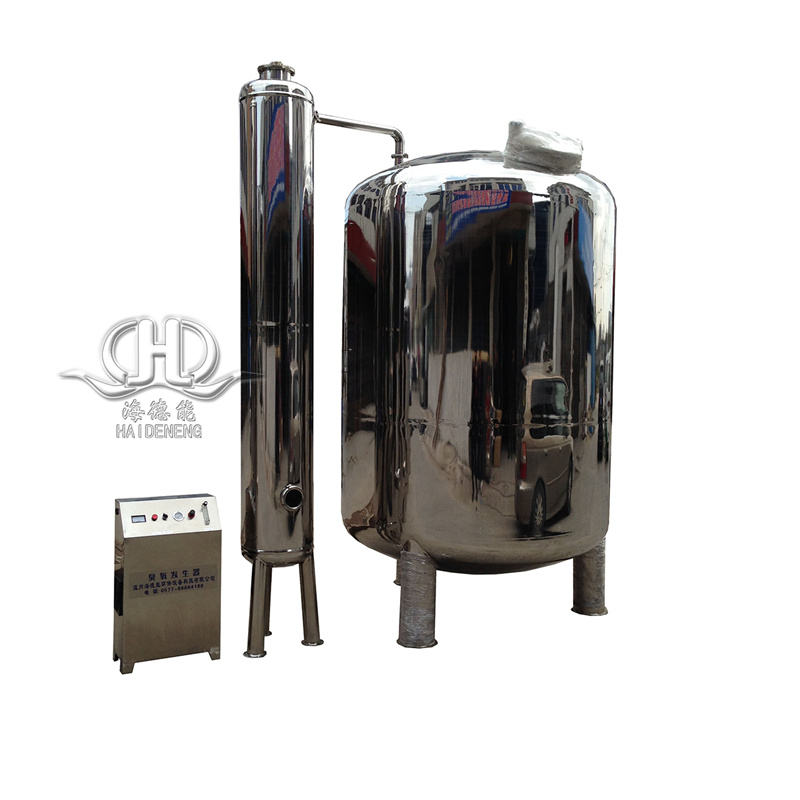Flocculant Widely used in water treatment, metallurgy, chemical industry, food processing and other fields
Product description
definition:
Coagulants are a type of chemical agent that can aggregate dispersed fine particles (such as suspended solids and colloidal particles) in a liquid to form larger flocs (flocs). Its principle of action includes neutralizing surface charges of particles, adsorption bridging, net capture and sweeping, etc. It is widely used in water treatment, metallurgy, chemical industry, food processing and other fields.
Classification and Characteristics
According to their chemical composition, coagulants are mainly divided into the following categories:
1. Inorganic flocculant
Aluminum salts:
Common types: aluminum sulfate, polyaluminum chloride (PAC), sodium aluminate, etc.
characteristic:
Widely applicable pH range (PAC is more effective between 5-9);
The cost is relatively low, but there may be residual aluminum ions when the dosage is large, and the dosage needs to be controlled;
Polyaluminum chloride (PAC) is a commonly used high-efficiency inorganic flocculant with fast flocculation speed and dense flocs.
Iron salts:
Common types: ferric sulfate, ferric chloride, polyferric sulfate (PFS), etc.
characteristic:
Strong flocculation effect, suitable for high turbidity and high chromaticity wastewater;
Suitable for a narrow pH range (better performance under acidic conditions);
Corrosion prone equipment, and residual iron ions in the treated water (which may lead to an increase in chromaticity).
Other inorganic coagulants:
Polysilicic acid, active silicic acid, etc. are often used in combination with aluminum salts and iron salts to enhance the flocculation effect.
2. Organic flocculants
Synthetic polymer flocculant:
Common types: Polyacrylamide (PAM) and its derivatives, classified according to their charge properties:
Anionic type: suitable for positively charged particles (such as acidic wastewater, inorganic suspensions);
Cationic type: suitable for particles with negative charges (such as organic wastewater, activated sludge);
Non ionic type: suitable for neutral or weakly charged systems.
characteristic:
High molecular weight, strong adsorption bridging ability, and low dosage;
Fast flocculation speed, large and tough flocs, good dewatering performance;
However, some synthetic polymers (such as PAM) may contain residual monomer acrylamide (toxic), which needs to be controlled within a safe range.
Natural polymer flocculant:
Common types: starch derivatives, chitosan, sodium alginate, lignin, etc.
characteristic:
Widely sourced, biodegradable, and environmentally friendly;
But the molecular weight is low, the flocculation effect is weak, and it is easily affected by pH and temperature.
3. Microbial flocculant
High molecular weight substances (such as polysaccharides and proteins) produced by the metabolism of microorganisms (such as bacteria, fungi, and algae).
characteristic:
Efficient, non-toxic, biodegradable, suitable for high-end water treatment in food, medicine, and other industries;
The cost is high and the current application scope is limited.
application area
Water treatment industry:
Drinking water treatment: removing suspended solids, colloids, color, and some organic matter from water;
Industrial wastewater treatment: decolorization and suspended solids removal of papermaking wastewater, printing and dyeing wastewater, and oily wastewater;
Wastewater treatment plant: Sludge concentration and dewatering to improve sludge treatment efficiency.
Other fields:
Metallurgical industry: slurry separation, metal recovery;
Food processing: clarification of fruit juice, removal of impurities from soy sauce;
Petroleum industry: drilling fluid treatment, crude oil dehydration.
Factors affecting flocculation efficiency
Water quality characteristics:
PH value: affects the ionization form and particle surface charge of flocculants;
Temperature: Low temperature will reduce the dissolution rate and molecular mobility of flocculants;
Suspended solids concentration: When the concentration is too low, flocs are difficult to form, and coagulant aids (such as activated carbon and silica) need to be added.
Characteristics of coagulants:
Type and molecular weight: Choose coagulants with charge matching according to water quality, and high molecular weight products usually have better effects;
Dosage: Excessive dosage may cause the particles to re stabilize (charge reversal), and the optimal dosage needs to be determined through beaker testing.
Operating conditions:
Mixing intensity: Rapid stirring (initial stage) promotes flocculant dispersion, while slow stirring (later stage) promotes floc growth;
Reaction time: Both too long and too short can affect the flocculation effect.
precautions
Safe operation: Some coagulants (such as iron salts and cationic PAM) are corrosive or toxic and require protective equipment to be worn;
Storage requirements: Solid flocculants should be sealed and stored in a dry place, while liquid products should be protected from direct sunlight and freezing;
Environmental requirements: Prioritize the use of biodegradable flocculants (such as natural polymers or microbial flocculants) to reduce secondary pollution.
If specific application plans or product selection are required, further water quality parameters (such as turbidity, pH, pollutant types, etc.) can be provided.







